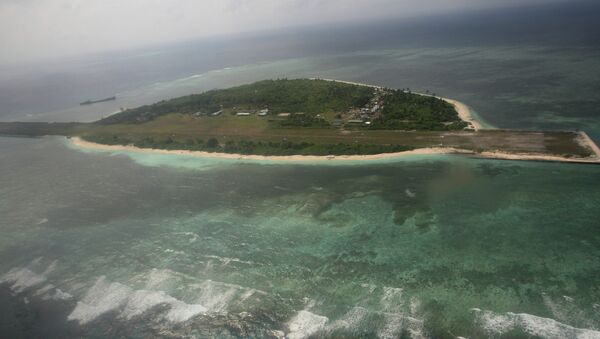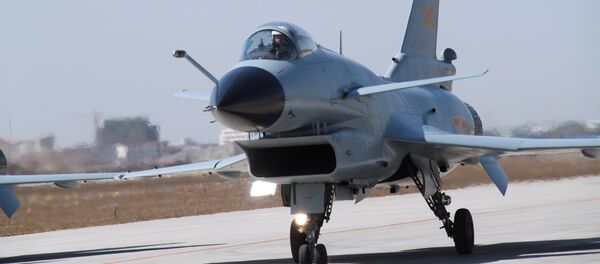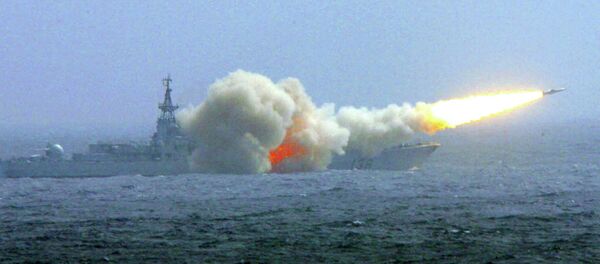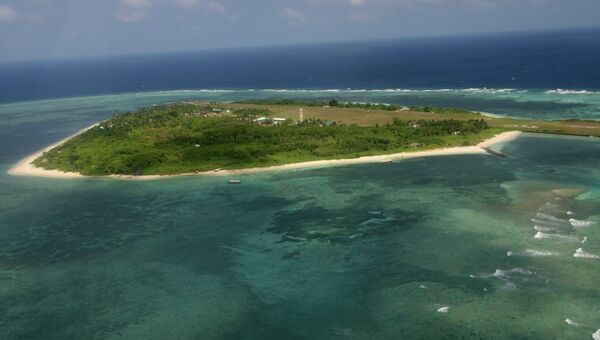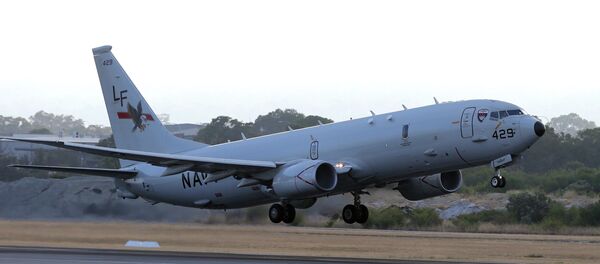At a naval conference in Canberra, Admiral Harry Harris Jr. of the US Pacific Fleet spent a few moments speaking on the beauty of the South China Sea, a body of water teeming with natural islands and coral reefs.
This wall, as the admiral calls it, refers to a series of submerged reefs in the Spratlys archipelago, which China has built into utilitarian landmasses, complete with buildings and aircraft runways.
"China is building artificial land by pumping sand on to live coral reefs – some of them submerged – and paving over them with concrete," he said. In total, Harris said that China had converted over 4 square kilometers of sea into land.
The main fear is that these islands are being built as military installations with the intention of broadening Beijing's influence in the region.
"When one looks at China’s pattern of provocative actions towards smaller claimant states…it’s no surprise that the scope and pace of building man-made islands raises serious questions about Chinese intentions," Harris said.
"How China proceeds will be a key indicator of whether the region is heading towards confrontation or cooperation," he added.
But to address these concerns, the United States is bolstering its own military presence. Last month, the US Navy admitted that it is launching its most advanced spy plane – the Poseidon P-8A – out of bases in the Philippines. Earlier this month, a bipartisan group of Senators wrote to Defense Secretary Ash Carter, demanding a formal strategy for countering Chinese influence in the South China Sea.
Some kind of strategy appears to be taking shape. Admiral Harris also said that the US Navy was currently in preparation to shift 60% of its fleet to the Pacific by 2020, and the Pentagon is also seeking broader cooperation with India to conduct maritime exercises.
Paul also said that the US was moving in its latest Zumwalt stealth destroyers, and that combined with Australian missile destroyers, amphibious ships, and frigates, the allied nations could pursue the "distributed lethality" doctrine recently decided on by the US Navy.
"A shift to the offensive is necessary to create more favorable conditions to project power where required," Paul said.
Building artificial islands may be one form of abstract aggression, but the expansion of US naval presence over 10,000 miles from home could be perceived as another, more direct type of aggression.

